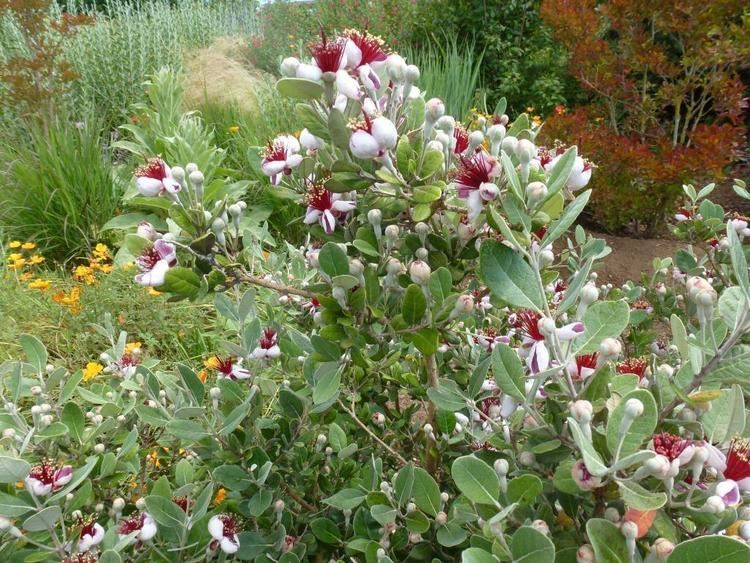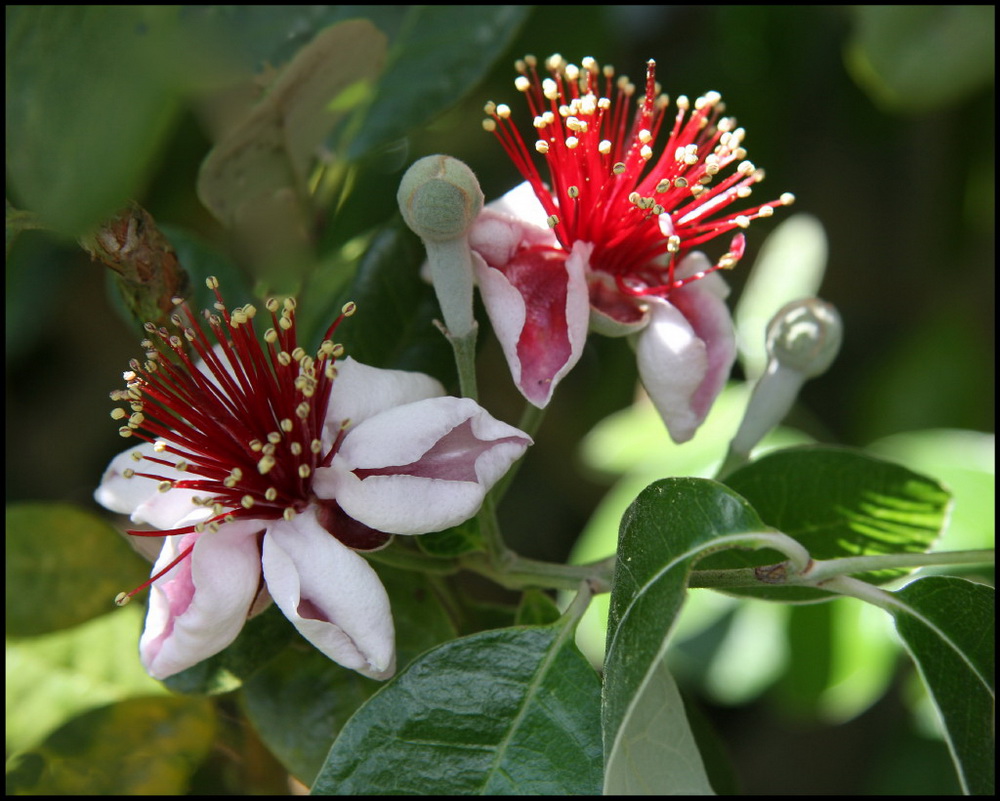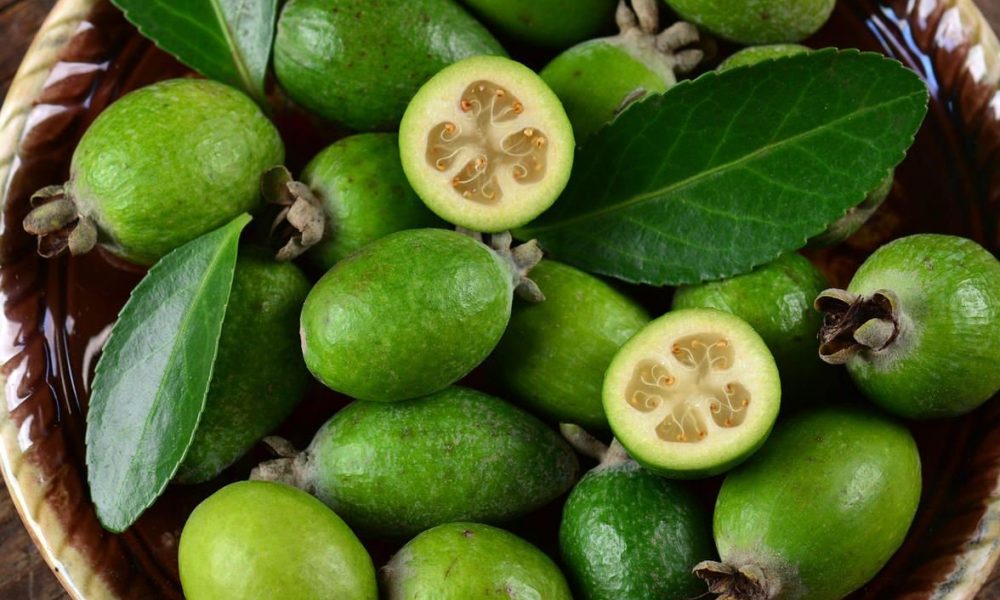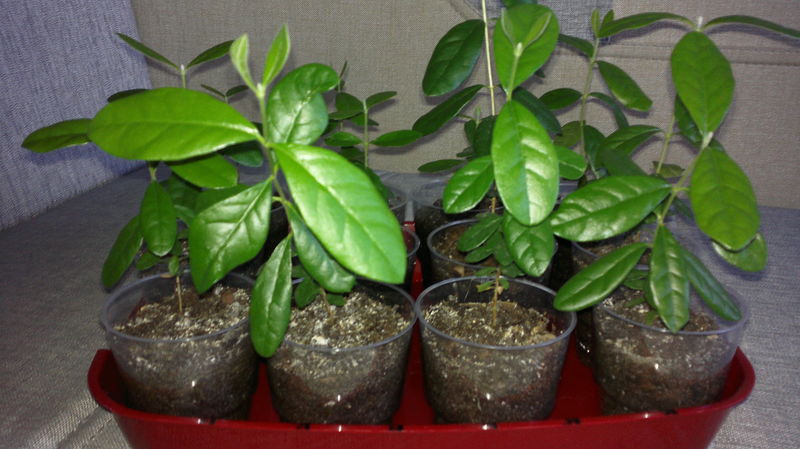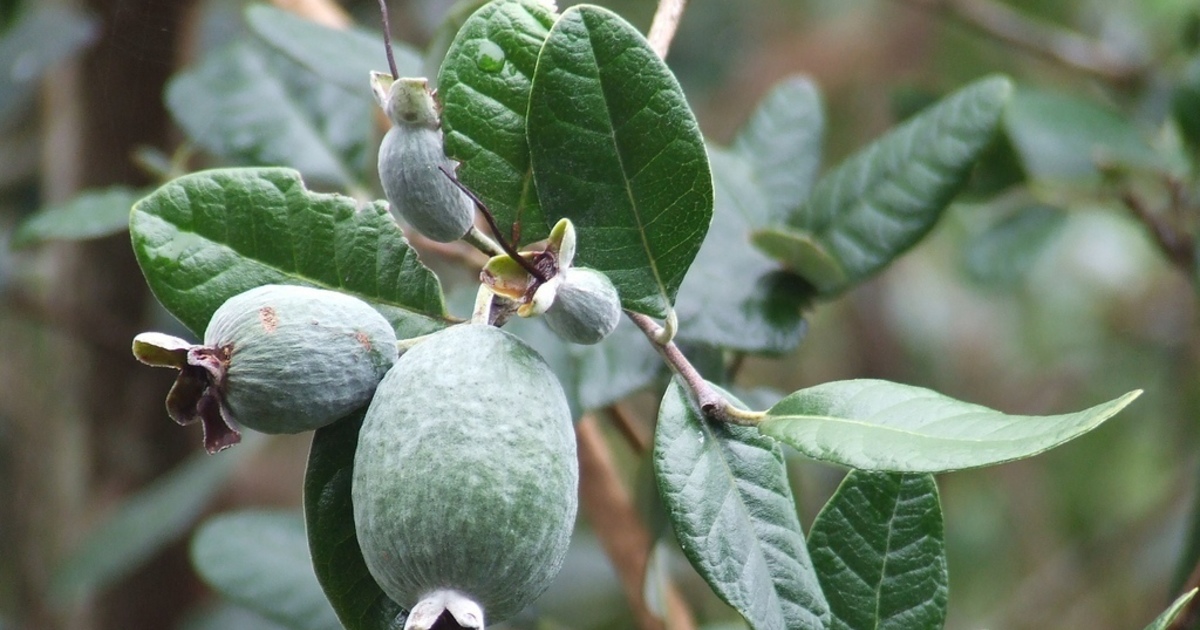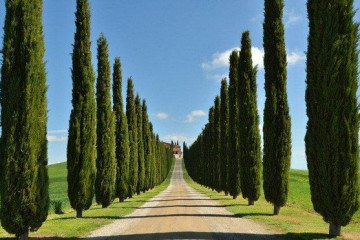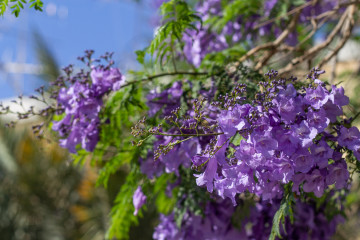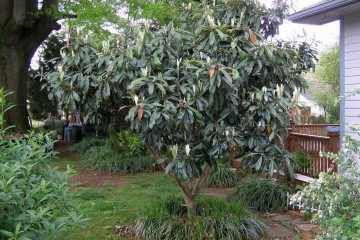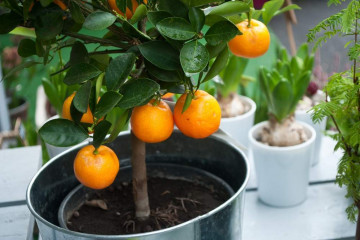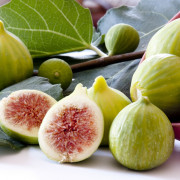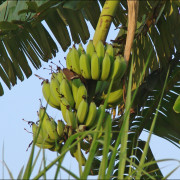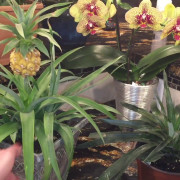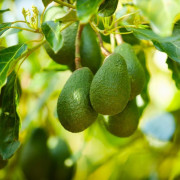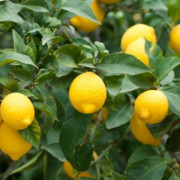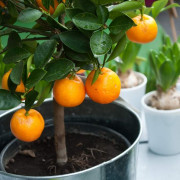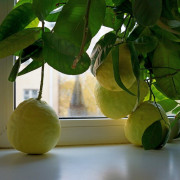Feijoa - what is this tree, what does it look like
Content:
Feijoa is a plant with leathery leaves and beautiful red and white flowers. The inhabitant of the subtropics adapts to room conditions and is used for landscaping apartments, offices, winter gardens. Feijoa fruit is delicious and nutritious. They contain iodine, fruit acids and B vitamins.
What does a feijoa look like
The genus Akka, to which the feijoa belongs, unites several species that naturally grow in South America. These fruit and ornamental plants are common in many subtropical countries. There is no point in arguing about feijoa, what is it - a bush or a tree. This species includes both shrubs and evergreen trees.
The plant with a rough light brown bark and a dense crown reaches 4 m in height. The outer part of the oval rigid leaves is dark green, glossy, and the lower part of the leaf plate is silvery-gray, pubescent. When rubbed, the leaves emit the smell of myrtle (the plant belongs to the myrtle family) and secrete substances that inhibit bacteria and fungi.
Feijoa bloom time is June. On the shoots of the current year, flowers are formed in the axils of the leaves, single or in small inflorescences. Flowers on long stalks, four-petal. Petals are oval, smooth, purple-pink inside, white outside. Long, numerous pink stamens topped with golden anthers. Feijoa blooms for about three weeks.
Feijoa is a fruit or a berry
Feijoa ripens when four months have passed after pollination. Formed green oval fruits up to 7 cm long. The pulp is dense, creamy, sweet and sour taste. The seeds are small, located in four small-seeded nests. Many people doubt: is the feijoa fruit a fruit or a berry? Despite the fact that the fruits ripen on the tree, the international classification classifies them as berries.
The aromatic berries have a refreshing, pleasant taste and are quickly absorbed. By the amount of iodine in fruits, feijoa surpasses other berries and can even compete with seafood. The fruits contain many vitamins, minerals, sodium, phosphorus, potassium, iron, zinc and pectins. The benefits of feijoa are undeniable, it is not for nothing that they call it the berry of youth and health.
The fruits are most often eaten fresh, sometimes seasoned with sugar. Also, jam, compotes are made from berries, jams, marmalade are made.
With regular use of feijoa for a long period (at least a month), there is a positive effect on human health. Happens:
- normalization of the thyroid gland as a result of iodine intake;
- increased hemoglobin due to the high iron content in fruits;
- regulation of blood glucose due to the low glycemic index of the product;
- improvement of the genitourinary system due to the diuretic properties of berries;
- strengthening of immunity.
Contraindication for the use of feijoa is an individual intolerance to the product. In order not to harm, provoking an allergic reaction to any of the components of the berries, you need to start with small doses, gradually increasing the amount of the product consumed. The norm recommended by nutritionists for an adult is 5 fruits per day.
Popular varieties
The varietal variety of feijoa cultivated in the gardens is limited. Usually, preference is given to three varieties:
- Superba (Superba), characterized by a wide pear-shaped. Berries with a smooth skin and a pleasant strong aroma;
- Choiseana is an early ripening variety with large fruits that taste like a banana;
- Coolidge - flowers of this species are capable of pollinating with pollen from trees of the same variety. Fruits are even, smooth, weighing up to 60 g. The peel is slightly corrugated, dark green.
In room culture, feijoa Sellow varieties have become widespread, which grow well, bloom and bear fruit in an apartment. In order for a plant grown in indoor conditions to regularly bear fruit, it is advisable to acquire self-pollinating varieties, such as Nikitsky aromatic, Crimean early, Pervenets.
Growing feijoa at home
Feijoa is a moisture-loving tree that needs good lighting. The plant is placed on the lightest windowsill in the apartment, even direct sunlight is not afraid of it. In the autumn-winter period, backlighting is necessary; in case of insufficient lighting, the tree drops its leaves.
Content temperature and watering rules
Feijoa grows well in rooms where the temperature ranges from +18 to +20 ℃. In winter, it is advisable to reduce it to +14 ℃. The plant is not afraid of temperature changes.
Watering should be moderate, the clod of earth should not dry out. Young plants are more demanding on moisture, in summer they require abundant watering and regular spraying. Lack of moisture leads to loss of leaves, drying of branches and roots. The plant does not tolerate stagnant moisture, therefore, a drainage layer is required at the bottom of the pot, and excess water from the pan is immediately drained.
Transplant and fertilization
Young plants are transplanted annually, adults - as needed. Large fruiting plants in tubs are transplanted every 5 years, but the topsoil is replaced annually. A mixture consisting of three parts of sod and two humus soil with the addition of one part of sand and leafy earth is suitable. The soil should be neutral or slightly acidic.
The containers are chosen spacious so that the plants have a place to develop. When transplanting, the roots are not completely cleared of the ground, carefully move the tree to a new pot and cover it with fresh earth, leaving the root collar at the same level relative to the ground.
In spring and summer, regular fertilizing is carried out, combining mineral and organic fertilizers, as well as for growing garden crops. Experts recommend fertilizing feijoa with superphosphate, ash extract and horse manure (1:10). A tablespoon of deciduous tree ash is infused in a liter of water for a week to obtain an ash extract. Before fertilizing, the plant is watered. During the active growing season, fertilizers are applied every two weeks, depending on how the feijoa blooms.
Pruning features
Regular pruning helps to maintain a high decorative effect. When grown in a home, as soon as the young plant reaches a height of 30 cm, it is pruned by a third. Next, the lateral branches are regularly pinched to obtain the correct skeletal base.
How to propagate a tree
Feijoa is propagated in several vegetative ways - cuttings, root suckers, layering and grafting. Seed propagation gives good results.
Seed method
The simplest and most common way to get new specimens of feijoa is by seed propagation. This method also has a drawback. What is Seed Feijoa? It is impossible to predict what a seedling will look like - the result is a patchy planting material. Seedlings differ in the strength of growth, foliage and other vegetative characteristics.
To obtain high-quality planting material, seeds are harvested from the best specimens with high taste and decorative properties. The fruits are chosen large, ripe and wait for their complete softening, while preventing decay. Then the fruits are gently crushed and, with the help of repeated washing with water, the seeds are separated from the pulp residues. Then the seeds are dried.
Sowing is carried out in February - March in a low container filled with a mixture of earth, high peat and sand (2: 2: 1). Before sowing, the soil is slightly compacted and moistened. On the surface of the earth, grooves are made with a depth of 5 mm and seeds are distributed in them at a distance of 3-5 cm from each other. Crops are covered with soil and moistened with a spray bottle. The container is covered with cellophane and placed in a bright place. The temperature is maintained in the range of 16-20 ℃.
Shoots appear in a month. The greenhouse is aired daily, and over time the cellophane is removed completely. When 2-3 pairs of true leaves appear in young plants, they are transplanted into separate containers, pinching the taproot. The substrate for grown seedlings is heavier and more fertile: 6 parts of sod land, 4 parts of leaf and one part of sand and humus.
Cuttings
In autumn, cuttings are cut from the upper and middle parts of semi-lignified shoots. Their length is 8-10 cm, each should have three knots. The stalk is treated with Kornevin and obliquely placed in the substrate, burying the lower node into the ground. The earth is moistened and the plant is covered with a glass jar. Feijoa cuttings are difficult to root; bottom heating can be used for stimulation. In case of successful rooting, after about two months, the seedlings are transferred to pots with a nutrient substrate.
Layers
A more reliable method of vegetative propagation is by layering. But this method takes a long time and the availability of suitable branches. For layering, the lower part of the bush is used, which has a limited number of shoots.
In the spring, small cuts are made on the lower young shoots. The twigs are pressed to the ground, fixing with staples in shallow grooves. From above, the layers are covered with nutritious loose earth. The soil above the layers is regularly moistened. Rooting occurs after 5 months, after which the layers are separated from the mother plants and seated in separate containers.
Possible growing problems
Both garden and indoor forms of feijoa are disease resistant. In tubular specimens, vegetation problems may be associated with improper care - excessive watering or, on the contrary, overdrying of the earthen coma. These issues are addressed by optimizing the conditions of detention.
Sometimes sucking pests settle on feijoa: scale insects and ticks. Scabbards are crawling insects with a wax shield in the form of a convex growth. Ticks are very small pests, the presence of which can be determined by the presence of a thin cobweb on the plants. In case of severe infection, insect and acaricides are used.If the lesions are single, the pests can be collected by hand and the plant washed with soapy water.
Akka is a plant that is as decorative as it is useful. Along with the healing and tasty fruits, feijoa has a beautiful crown and spectacular flowering, which allows the culture to successfully compete with other indoor plants.
